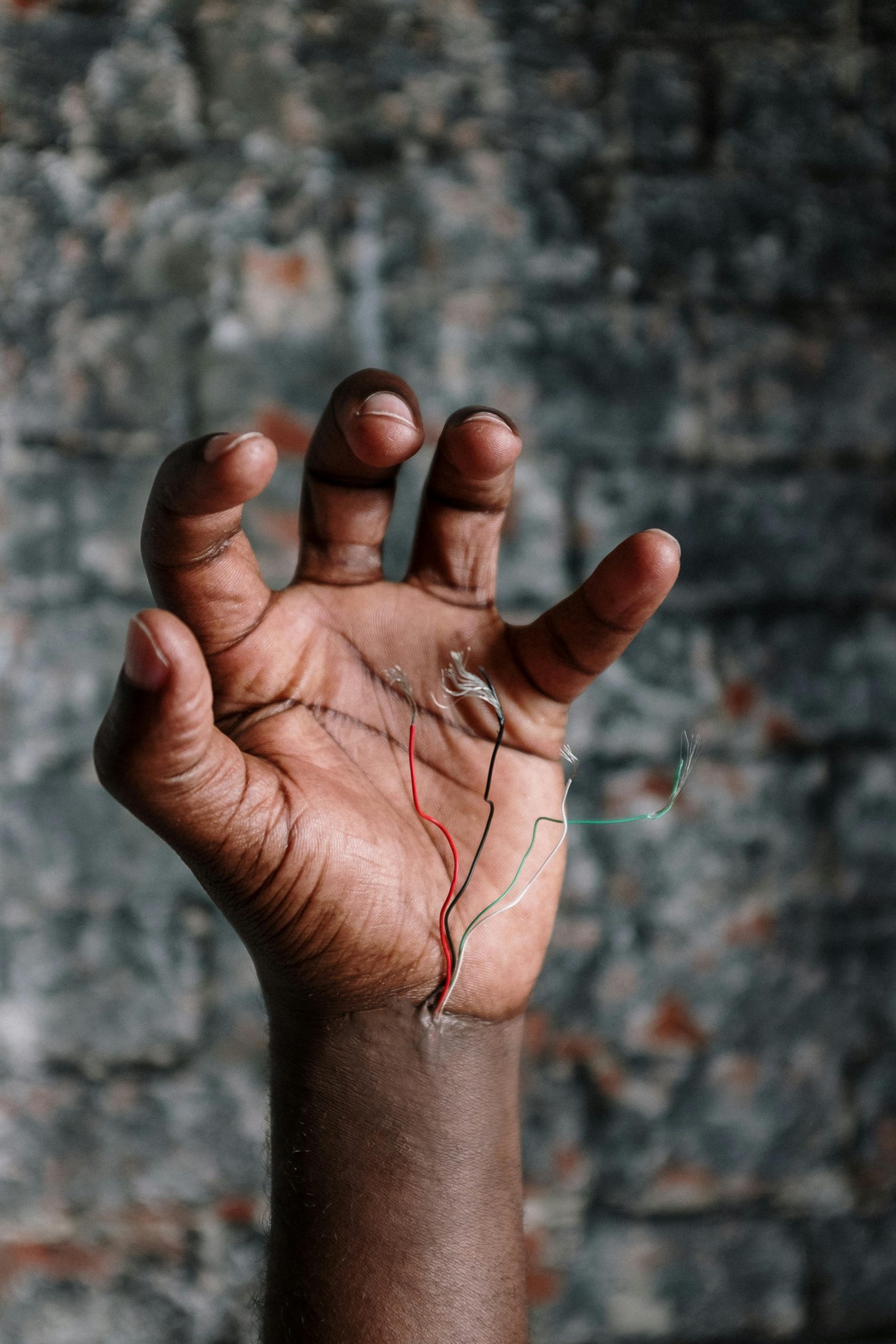6 hours of work, $0 spent. Sora 2 is mind-blowing.
Revolutionizing Content Creation: Demonstrating Sora 2’s Capabilities in Rapid Video Production
In recent developments within AI-powered media generation, Sora 2 emerges as a groundbreaking tool that promises to significantly streamline the creative process. A recent project exemplifies this potential by producing a compelling video after just six hours of work and zero spending on resources — a feat that underscores the technology’s transformative impact on filmmaking and content creation.
A Quick Overview of Sora 2’s Features
In the highlighted demonstration, the creator utilized a preview version of Sora 2. The process incorporated two primary sources: images generated with Nano Banana and Kling’s image-to-video technology, serving as initial frames and scene references. Currently, Sora 2 primarily excels in text-to-video generation, where precise visual content is created from descriptive prompts. While image-to-video capabilities are still evolving—allowing a single reference image to guide scene creation—the focus remains on translating textual descriptions into dynamic audiovisual sequences.
Technical Insights and Limitations
The production leveraged an expedient text-to-video methodology, which, despite some limitations, showcased impressive physics understanding and multi-angle scene consistency. The only constraints noted were resolution capped at 480p with watermarks, though future developments are anticipated to enhance output quality. The entire process, including the integration of audio elements such as engine sounds, tire screeches, and crashes—most of which were generated directly from Sora 2—took approximately five to six hours. Post-production editing and sound mixing were handled in Adobe After Effects, further refining the final piece.
Implications for the Future of Filmmaking
The significance of this project extends beyond its technical novelty. Traditionally, producing similar quality videos—especially with complex scenes involving multiple angles—would require extensive time and financial investment, often costing tens of thousands of dollars. Comparing this to a personal project completed just eight months prior, which took around 80 hours to produce, highlights AI’s potential to drastically reduce timelines and costs.
Looking ahead, the convergence of AI advancements suggests that polished, high-quality videos of comparable complexity could be created within approximately 10 to 20 hours, democratizing content creation and opening new avenues for independent filmmakers and small studios.
Conclusion
While still in its early stages, Sora 2 exemplifies a significant leap forward in AI-assisted video production. It offers a glimpse into a future where high-quality visual content can be rapidly generated with minimal resources, empowering creators to push the














Post Comment